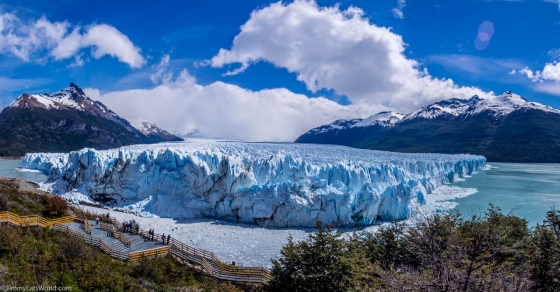Buenos Aires Weather and Climate: A Comprehensive Guide
Buenos Aires has a temperate climate. Argentina's high season is during the summer months of October through March, as well as during the winter month of July. During these times, tourism in Buenos Aires reaches its peak, and prices increase accordingly. The city becomes extremely hot and humid in January and February. Therefore, the best months to visit weather-wise are October, November, and March, as well as April and May. The winter months, from June to August, are much cooler, requiring warmer clothes and favoring less outdoor activity.
Average maximum day and minimum night temperature
Depending on the time of the year, temperatures range from very warm to moderate in Buenos Aires. Average daytime temperatures reach a very warm 30°C in January. In July, the coolest month of the year, temperatures drop to a moderate 16°C.
At night, you can expect cooler temperatures, with averages dropping to around 6°C during this month. Check out our detailed temperature page for more information.Temperature ranges by month
Precipitation and rainy days
Buenos Aires has a relatively rainy climate with high precipitation levels, averaging 1000 mm of rainfall annually. Buenos Aires experiences moderate seasonal variation in rainfall, with monthly averages ranging from 111 mm in October, the wettest month, and 61 mm in July, the driest month.The mean monthly precipitation over the year, including rain, hail and snow
Sunshine over the year
Buenos Aires can be enjoyed more throughout the sunniest month of January under a blue sky, with approximately 9.5 hours of sunshine daily. In contrast, the city experiences much darker days in June, with only 4.4 hours of sunlight per day. Visit our detailed sunshine hours page for more information.Monthly hours of sunshine
Daily hours of sunshine
Average water temperature
The mean water temperature over the year ranges from 10°C in August to 21°C in February.
Water temperature over the year
Average humidity
The relative humidity is high throughout the year in Buenos Aires.
The city experiences its highest humidity in June, reaching 79%. In December, the humidity drops to its lowest level at 63%. What does this mean? Read our detailed page on humidity levels for further details.
Relative humidity over the year
Average wind speed
The mean wind speed over the year ranges from 2 m/s in April to 4 m/s in September, October and November.
The mean monthly wind speed over the year (meters per second)
partly cloudy and no rain almost clear and no rain clear and no rainForecast for Buenos Aires
Select a Month of Interest
Check the conditions for any month of the year.
The best time of year to visit Buenos Aires in Argentina
During the months of April, October and November you are most likely to experience good weather with pleasant average temperatures that fall between 20°C and 26°C.Other facts from our historical weather data:
January has an average maximum temperature of 30°C and is the warmest month of the year.
The coldest month is July with an average maximum temperature of 16°C.
October tops the wettest month list with 111 mm of rainfall.
July is the driest month with 61 mm of precipitation.
January is the sunniest month with an average of 285 hours of sunshine.
No idea where to travel to this year? We have a tool that recommends destinations based on your ideal conditions. Find out where to go with our weather planner.




